Ch. Ancient Mesopotamia & Egypt
Pinned to
86
0
0
No tags specified
|
|
Created by Sandra Maldonado Ortiz
almost 8 years ago
|
|
Close
|
|
Created by Sandra Maldonado Ortiz
almost 8 years ago
|
|

Name means "land between the rivers": where the first civilization began: present day Iraq & Syria
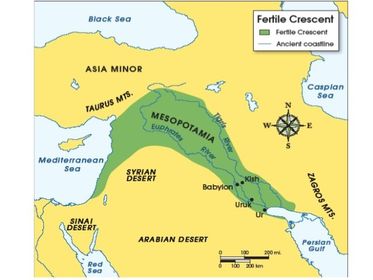
the region in the Middle East which curves, like a quarter-moon shape: known as the Cradle of Civilization
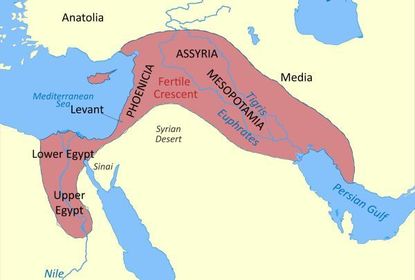
Belief in many gods: Ancient sumerians believed in over 3,000 gods
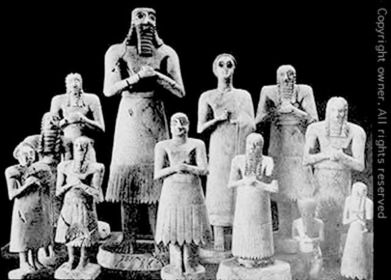
The massive platform that the Sumerians built their religious temples on
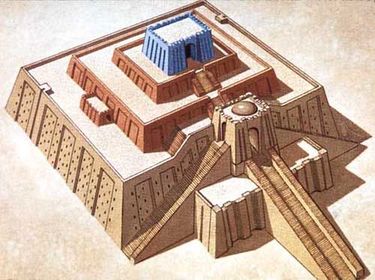
"rule by gods": describe a govt. where the ruler is thought to be a God
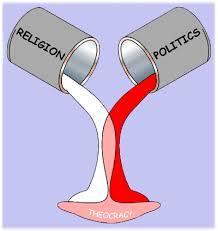
1st writing system developed by the Sumerians: "wedge-shape writing"
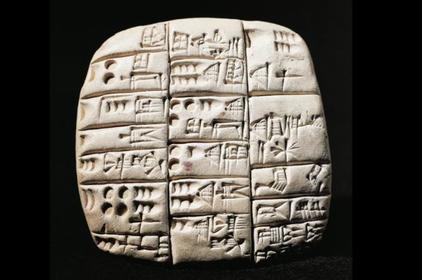
1st written laws; given to people of an Ancient Babylon by King Hammurabi; very strict law based on principle of an eye for an eye, a tooth for a tooth
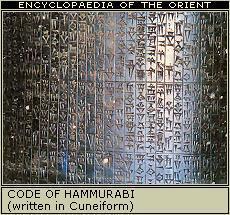
Describes a society dominated by men
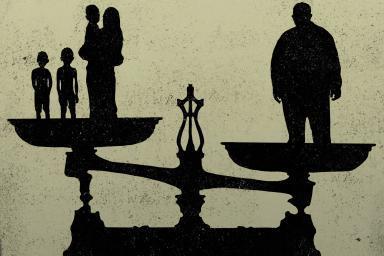
The longest river in the world; Egypt is often called "the gift of the Nile River; Egyptians depended on the Nile for everything
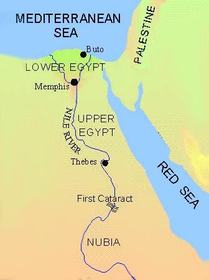
The annual flooding of the Nile River. The flood river leave behind rich fertile mud.
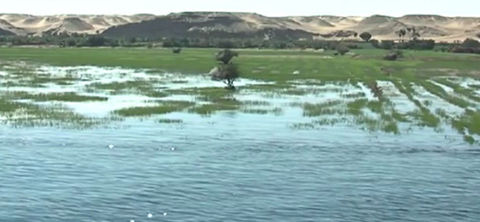
Rich black mud left behind from the flooding of the Nile River
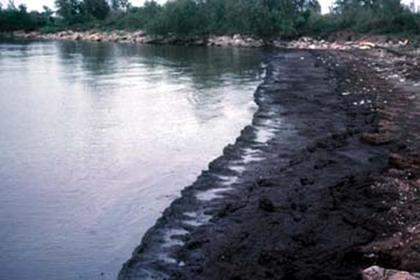
King who united Lower & Upper Egypt around 3100 BC
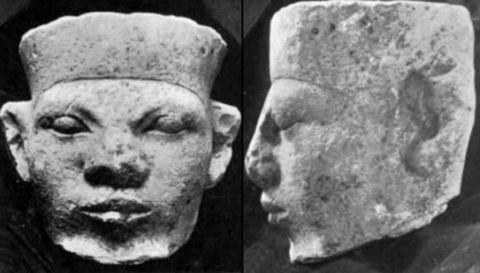
Means "great house of"; a family of rulers
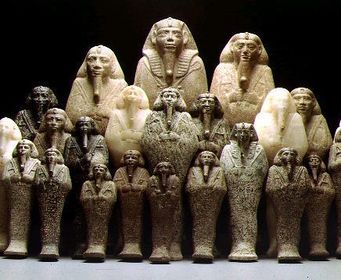
Name for Egyptian King
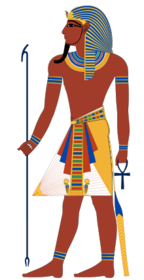
Ancient Egyptians thought that when someone died the Ka, or the life force, left the physical body; The Ka could drink and eat, but was stuck in the tomb in the body of the mummy or the small statues that were left in the tomb
The Ba was the part of the soul that embarked on a journey to follow the gods; the symbol of the Ba is often shown as a bird with a human head and wings
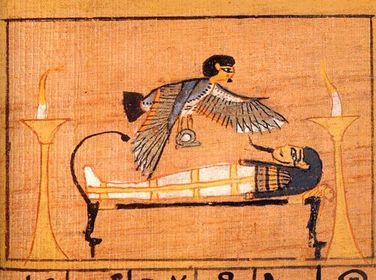
It was very important to ancient Egyptian religious beliefs that the human body was preserved. Thier method of preserving the body was called mummification. The process lasted up to 70 days
Containers used to hold the internal organs (lungs, stomach, intestines, liver) of the deceased that was going to be mummified; The jars had lids shaped as the heads of the 4 sons of Horus
A sarcophagus formed the outer layer of protection for a royal mummy, with several layers of coffin nested within, and was often carved out of alabaster
Earned everlasting fame for being the pharaoh responsible for the Great Pyramid at Giza which he built to serve as his tomb
Largest of the 3 pyramids at Giza; built by King Khufu; the only monument of the 7 Wonders of the Ancient World to Survive
Discovered in 1952 buried under the Great Pyramid; it would be needed to ferry King Khufu's spirit across the sky to be with Ra, the sun god
One of the largest and oldest statues in the world. Archeologists believe that it was carved around 3500 BC and that the head is meant to be the likeness of the king Pharaoh Khafra
Egyptian picture writing
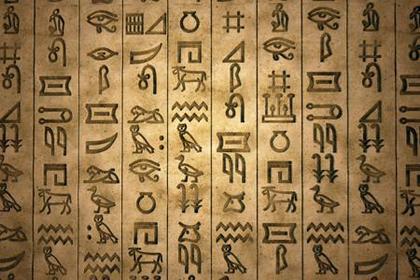
A stone with writing on it in two languages (Egyptian and Greek), using three scripts (hieroglyphics, demotic and Greek)
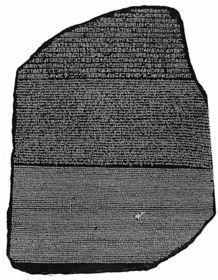
Invaded Egypt; and ruled for 200 years; introduced the horse drawn chariot
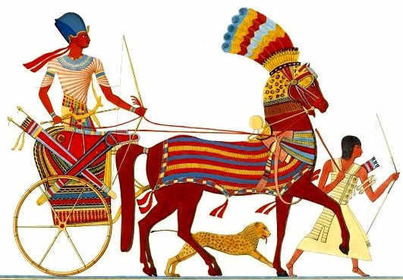
First great women ruler in history; she ruled Egypt as king not Queen. Sculptures and masks show her with a false beard
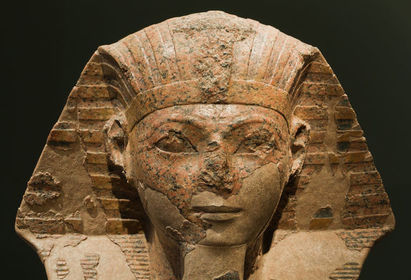
Rejected the traditional religious in favor of worshipping the Aten, or sun disc, after whom he renamed himself. He closed all the temples to the old gods and obliterated their names from monuments
17 years old boy pharaoh whose tomb survived untouched by grave robbers; more than 3,000 artifacts discovered in his tomb
Ramses the Great reigned 67 years; fathered over 100 children, defeated the Hittites, the other superpower of ancient times; he declared himself a living god
Reed like plant that grows on the Nile River Ancient Egyptians used to write on
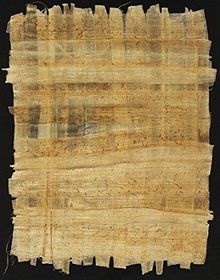
The spreading of ideas from one culture to another culture
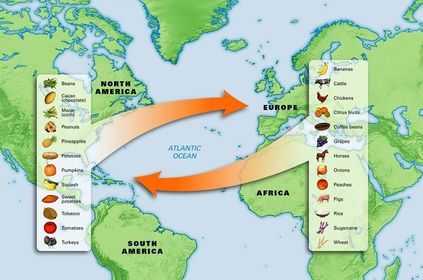

 Hide known cards
Hide known cards